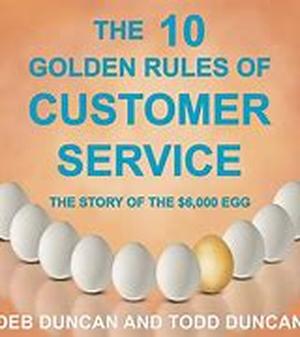
KWD: 12431 2.78Patent InventionsIn Order To Patent Inventions One Needs To Adhere To Certain Patent Inventions Requirements. Among The Requirements In Patent Inventions Are The Following:Conditions For Obtaining A Patent1. Non-Obviousness - Meaning That The Technology Must Be Different Enough From The Prior Art So As To Not Be Obvious In View Of The Prior Art.2. Novelty - Meaning That The Technology Is Not "anticipated" Or Identical To An Invention Disclosed In A Single Piece Of Prior Art.3. Non-Obviousness - Meaning That The Technology Must Be Different Enough From The Prior Art So As To Not Be Obvious In View Of The Prior Art.4. Utility - Meaning That The Invention Must Have A Useful Purpose. Virtually All Inventions Meet The Utility Requirement Which Has Largely Been Used To Prevent The Patenting Of "quack" Inventions Such As Perpetual Motion Machines. A Patent Cannot Cover A Pure Law Of Nature Or A Business Idea. In Addition, There Is A Time Limitation Which May Be Applicable To Given Patent Inventions. Under U.S. Law, Patent Inventions Must Be Applied For Within One Year Of The First Offer For Sale, Public Use Or Publication Of The Invention. Under U.S. Law, Only The Inventor Can Apply For Patent Inventions. If The Inventor Is Deceased, Application On Patent Inventions May Be Made By The Inventor's Legal Representatives, That Is, The Administrator Or Executor Of The Estate. If The Inventor Is Mentally Incapacitated, The Application For Patent Inventions May Be Made By A Guardian. Frequently, Companies File Patent Inventions In The Name Of Inventory Employees.Two Or More Inventors May Apply For Patent Inventions As Joint Inventors Though They Did Not Physically Work Together On An Invention, Did Not Contribute Equally To The Invention Or Their Contribution Is Not Represented In Every Claim Of The Invention. However, Each Inventor Must Claim Some Role In The Final Conception Of The Patent Invention. An Investor Or Venture Capitalist Is Not A Joint Inventor And Cannot Be Named In The Application As An Inventor. If The Inventor Refuses To Sign The Application Or Cannot Be Found, A Joint Inventor Or A Person Having A Proprietary Interest In The Invention May Apply For A Patent On Behalf Of The Refusing Inventor. The Term Of A U.S. Utility Patent For Patent Inventions Is 20 Years From The Date On Which The Application For Patent Was Filed. Issued Utility Patents Are Subject To The Payment Of Periodic Maintenance Fees Which Must Be Paid At Intervals During The Life Of The Patent. Failure To Pay These Fees Results In The Expiration Of The Patent.





